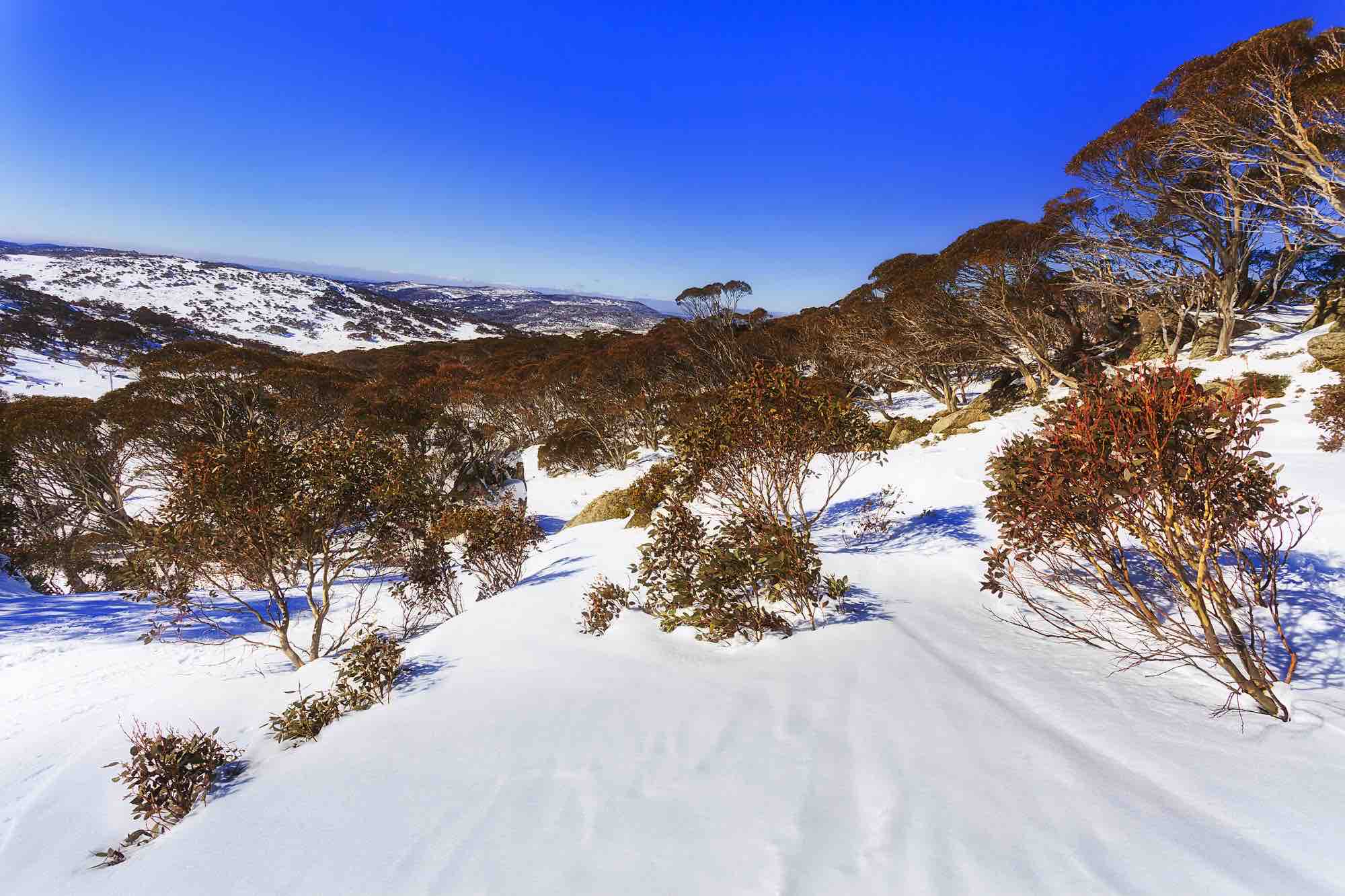Find Out About the Regions That Occasionally See Snow In Australia During the Winter Season
Find Out About the Regions That Occasionally See Snow In Australia During the Winter Season
Blog Article
Discover the Fascinating Effects of Snow in Australia on Neighborhood Communities
Despite its credibility for sun-soaked landscapes, Australia additionally flaunts regions blanketed by snow-- a phenomenon that exceptionally influences the nation's one-of-a-kind ecological communities. The shielding properties of snows safeguard flora and fauna amidst the chilliest wintertimes, while the melting snow nurtures rivers and water life. However, the genuine wonder depend on how these frosty problems form the nation's biodiversity and nutrient cycles. As we decipher this elaborate connection, we find ourselves stepping on unexplored grounds in Australia's high country.
The Unexpected Areas of Snowfall in Australia
Although Australia is typically related to sun-scorched landscapes and sandy coastlines, specific areas remarkably experience snowfall. The high country regions of New South Wales, Victoria, and Tasmania are specifically known for their wintertime snow. The Snowy Hills in NSW, as an example, receive plentiful seasonal snow, using a plain comparison to the nation's regular warm, arid climate. The Victorian Alps and components of Tasmania additionally see yearly snowfalls, changing the landscape right into a wintertime heaven. These areas are not just anomalies yet indispensable parts of Australia's diverse environment system. The visibility of snow in these regions significantly affects neighborhood ecological communities, subsequently affecting the country's distinct biodiversity. The certain effect on Australia's unique plants will certainly be talked about in the following section.

Exactly How Snow Impacts Australia's Distinct Flora
While it may appear uncommon, snowfall in Australia plays a critical function in forming the nation's special plants. The snow-filled winters foster strength in Australian plant species. This is especially apparent in the sub-alpine and alpine areas, where snow periodontals and hill plum-pines thrive. These plants have actually evolved to survive in extreme conditions, with snow working as a safety blanket from freezing temperature levels and rough winds. The snow additionally adds to the dampness material of the dirt, offering necessary hydration for plant throughout the dry summer months. Essentially, the snow affects the timing of blooming and seed dispersal, the growth rates, and the survival of lots of plant species, showcasing the complex interplay between climate and vegetation in Australia.

The Adjustments of Australian Animal to Snowfall
Equally as Australia's vegetation has adjusted to the wintery problems, the neighborhood fauna also, display impressive adjustments to the snowfall. Variety like the Mountain Pygmy-possum, the only Australian marsupial known to hibernate, have actually progressed approaches to make it through in snowy environments. It uses the snow as insulation, get redirected here hibernating in rock holes under the snow to stay cozy. Similarly, the Snow Skink, a varieties of reptile, changes its colour to white throughout winter months, supplying camouflage versus killers. Birds such as the Snowy Mountains' Crimson Rosella additionally readjust their diets to take in readily available food resources during chillier durations. Therefore, despite the harsh conditions, Australian animals demonstrates a flexible and resilient nature, ensuring their survival in areas experiencing snowfall.
The Role of Snow in Forming Local Communities
In shaping the regional communities, the function of snow in Australia is both extensive and multilayered. Snow gives a crucial water resource, feeding rivers and reservoirs as it melts, hence sustaining a variety of aquatic life types. The visibility of snow forms the plant life patterns, pet habits, and overall sustainability of Australia's special ecological communities.

The Future of Snowfall in Australia: Forecasts and Implications

Given the critical duty snow plays in shaping neighborhood ecosystems, the future of snowfall in Australia is drawing raising focus from conservationists and researchers. Much less snow could result in minimized water schedule in alpine regions, detrimentally affecting wildlife environments and plant life. The tourist market, greatly reliant on the wintertime snow season, might additionally face substantial difficulties.
Verdict
The function of snow in Australia's ecosystems is crucial yet usually neglected. It acts as a protector, a nurturer, and a shaper of diverse alpine varieties, adding to the richness of Australia's high nation. As climatic patterns continue to change, recognizing the ramifications and possible changes of these snow-influenced ecological communities is important. Hence, the snow in Australia is greater than a natural phenomenon; it's a vital gamer in the nation's environmental story.
Despite its reputation for sun-soaked landscapes, Australia also flaunts regions buried by snow-- a sensation that greatly affects the country's one-of-a-kind communities. It makes use of the snow as insulation, hibernating in rock crevices underneath the snow to remain cozy - Snow In Australia.In forming the neighborhood ecosystems, the function of snow in Australia is both multilayered and profound. The presence of snow shapes the plants patterns, this animal habits, find this and general sustainability of Australia's distinct environments
Offered the essential function snow plays in shaping regional ecosystems, the future of snowfall in Australia is attracting increasing attention from researchers and ecologists.
Report this page